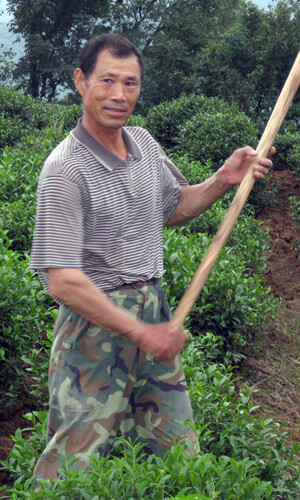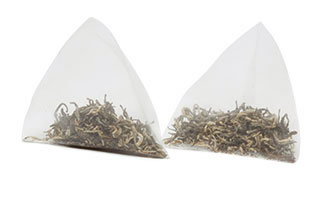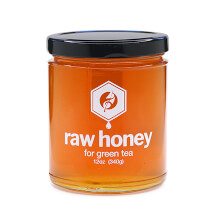92
pi lo chun tea
based on 657 reviews
Your savings will grow with each shipment. Save 5% now, and up to 15% in the future. Please select size:
sample
returning end of Feb
NOTIFY ME
2oz
96¢ per cup
$24
16oz
40¢ per cup
$79
teabags
15 full leaf pyramids
$24
pi lo chun loose leaf tea
Green tea from the Jiangsu province of China. Pi Lo Chun (sometimes written biluochun) is made from the finest tender buds, gathered and processed exclusively by hand. Perfumy and sweet floral, with a full body and slight earthiness. Lingering, aromatic finish and interestingly floral-smoky. Pi Lo Chun is known for having a very distinct character; you'll find ours to be quite friendly to the palate and savory. Enjoy!
Green Tea | Moderate caffeine | Steep at 180° for 2-3 mins
Tea Timer
Customer Reviews (657)
Teabags
Our teabags contain the same high-quality tea as our loose-tea offerings. Their pyramid shape gives the leaves plenty of room to unfurl and infuse, placing more flavor in each cup. Enjoy the superior flavor of gourmet tea with the convenience of a disposable bag.
teabags
15 full leaf pyramids
$24

Lore
The history of tea is long and storied. One story you may not know however, is how Pi Lo Chun got its original name, "scary fragrance". Legend goes, when a tea picker ran out of room in her basket, she tucked the extra leaves in her bosom instead. When the tea warmed from her body heat, it started to give off its fragrance and startled her. The tea has shaken off its spookier origins and now goes by Pi Lo Chun, or "green snail spring", and comes in seven grades: Supreme, Supreme I, Grade I, Grade II, Grade III, Chao Qing I, and Chao Qing II.Raw Honey for Green Teas
Soft floral notes of this raw honey pair deliciously with the lively, fresh character of green and white teas.
12oz
honey for green tea
$9
Meet our pi lo chun farmer, Huang Jian Lin
To ensure the best quality and value, we import our teas directly from the countries in which they are grown, working closely with the farmers who tender them. Our Roots Campaign connects our customers with the rich stories and the farmers behind some of our most popular teas.
How long have you been growing tea and what got you started?
“At the age of 20 I began to work in tea area. My hometown is a tea area, everybody loves tea. So I also start to do tea which is my first and only job till now.”
Can you describe a typical day out in the field?
“I go out at about 8am in the morning. It is the best time to pick up tea leaves. But the picking season for the tender pi luo chun is very short. Only in early spring. So the rest of the time I will help for production and do some weeding in the afternoon.”
What is your favorite part of growing tea?
“I like to see the pi luo chun after production at last. I love the fresh green looking and pleasant aroma of this tea. I do enjoy it after hard work..”

